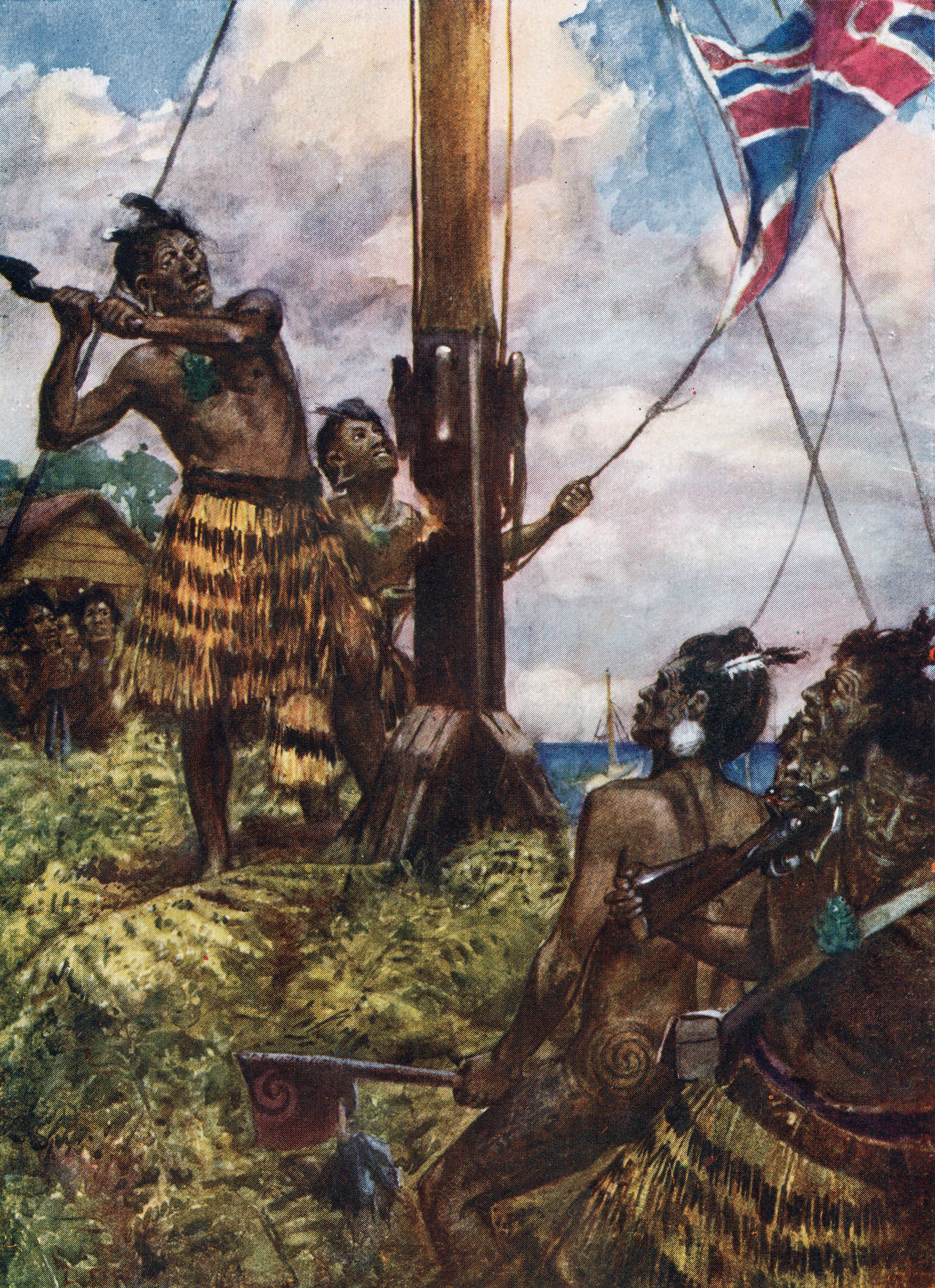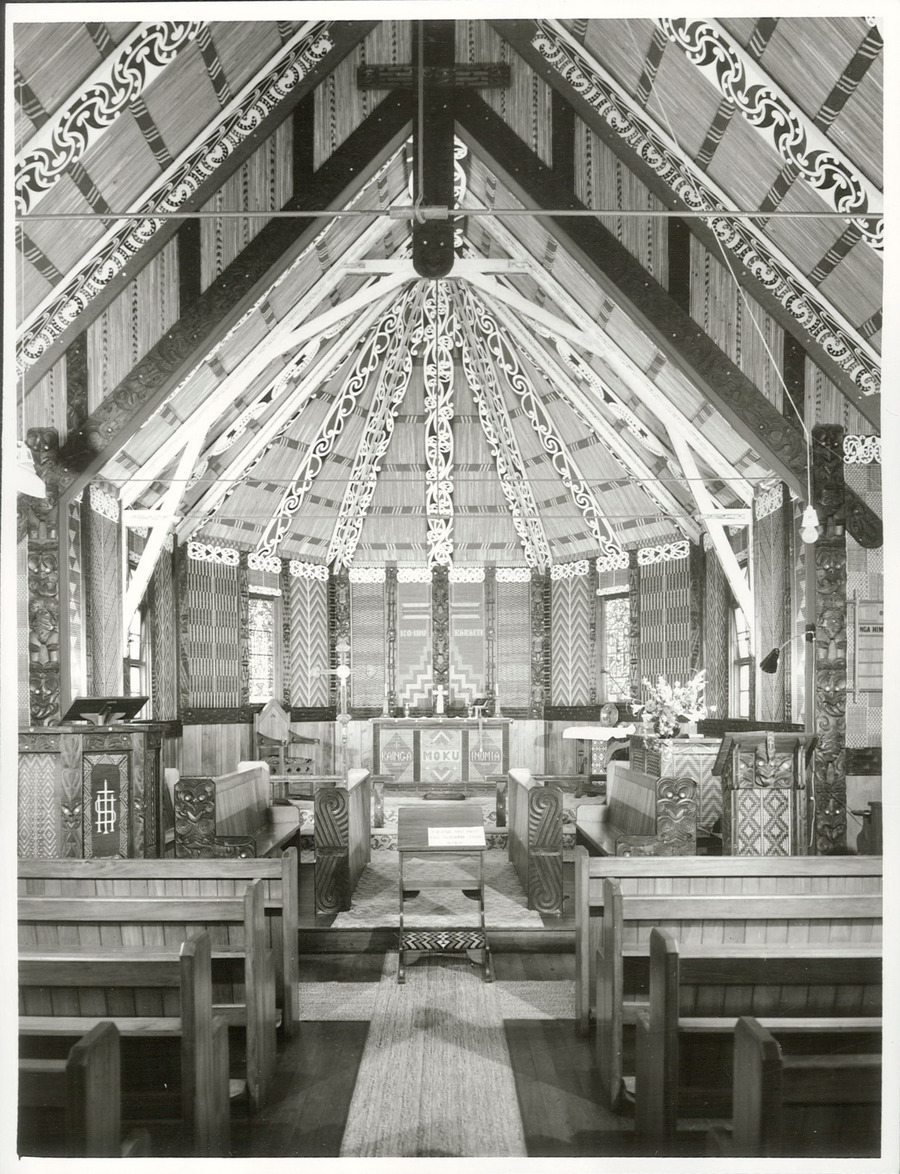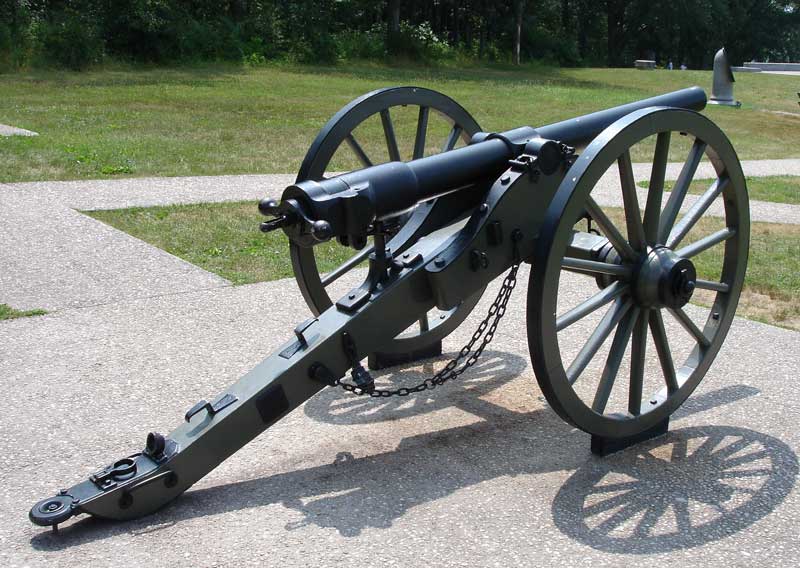|
Wanganui Campaign
The Whanganui campaign was a brief round of hostilities in the North Island of New Zealand as indigenous Māori fought British settlers and military forces in 1847. The campaign, which included a siege of the fledgling Whanganui settlement (then named "Petre"), was among the earliest of the 19th century New Zealand Wars that were fought over issues of land and sovereignty. Background The settlement of Petre, preferably known as "Wanganui" by its settlers, was established by the New Zealand Company in 1840. William Wakefield stated that he had purchased the land for the settlement from the local Māori in November 1839, which some Māori disputed. By 1845, the settlement had grown to about 200 people and about 60 houses. The surrounding area was inhabited by about 4000 Māori, with whom the settlers traded for food. There was nevertheless friction over the occupation of the land, which some Māori chiefs denied having sold, with New Zealand Company surveyors reporting obstructi ... [...More Info...] [...Related Items...] OR: [Wikipedia] [Google] [Baidu] |
New Zealand Wars
The New Zealand Wars took place from 1845 to 1872 between the New Zealand colonial government and allied Māori on one side and Māori and Māori-allied settlers on the other. They were previously commonly referred to as the Land Wars or the Māori Wars, while Māori language names for the conflicts included ("the great New Zealand wars") and ("the white man's anger"). Historian James Belich popularised the name "New Zealand Wars" in the 1980s, although according to Vincent O'Malley, the term was first used by historian James Cowan in the 1920s. Though the wars were initially localised conflicts triggered by tensions over disputed land purchases, they escalated dramatically from 1860 as the government became convinced it was facing united Māori resistance to further land sales and a refusal to acknowledge Crown sovereignty. The colonial government summoned thousands of British troops to mount major campaigns to overpower the Kīngitanga (Māori King) movement and also con ... [...More Info...] [...Related Items...] OR: [Wikipedia] [Google] [Baidu] |
Ngāti Awa
Ngāti Awa is a Māori iwi (tribe) centred in the eastern Bay of Plenty Region of New Zealand. It is made of 22 hapū (subtribes), with 15,258 people claiming affiliation to the iwi in 2006. The Ngāti Awa people are primarily located in towns on the Rangitaiki Plain, including Whakatāne, Kawerau, Edgecumbe, Te Teko and Matatā. Two urban hapū also exist in Auckland (''Ngāti Awa-ki-Tamaki'') and Wellington (''Ngāti Awa-ki-Poneke''). History Early history Ngāti Awa traces its origins to the arrival of Māori settlers on the ''Mātaatua'' waka (canoe). The ''Mātaatua'' settlers established settlements in the Bay of Plenty and Northland. Initially, the tribe controlled a large area in Northland, but conflicts with other northern iwi resulted in a southward migration. One group eventually settled in the eastern Bay of Plenty, whose descendants would eventually found the iwi. Awanuiarangi II is recognised as the eponymous ancestor of Ngāti Awa. Awanuiarangi II was a chi ... [...More Info...] [...Related Items...] OR: [Wikipedia] [Google] [Baidu] |
Putiki
Putiki is a settlement in the Whanganui District and Manawatū-Whanganui region of New Zealand's North Island, located across the Whanganui River from Whanganui city. It includes the intersection of State Highway 3 and State Highway 4. The settlement was established around Pūtiki Pā, a tribal meeting ground of Ngāti Tumango and Ngāti Tupoho. It features Te Paku o Te Rangi meeting house, also known as Aotea meeting house. History 19th century Pūtiki Pā, recorded variously as Putiki Wharanui, Putiki Wharenui, Putiki Warenui, or by its full name Putiki-wharanui-a-Tamatea-pokai-whenua, as a well established pā well before European arrival. The settlement was attacked by Ngāti Toa in a bloody two-month siege in 1828 or 1829. About 400 locals were killed in the encounter. Pūtiki was the main Māori settlement at the Whanganui River mouth when Europeans began settling on the river in the 1840s. Māori from Pūtiki signed a deed of purchase with Edward Gibbon Wakefiel ... [...More Info...] [...Related Items...] OR: [Wikipedia] [Google] [Baidu] |
Thomas Bernard Collinson
Major General Thomas Bernard Collinson (17 November 1821 – 1 May 1902) was an English military engineer of the Corps of Royal Engineers who carried out the earliest British surveys of Hong Kong, and planned roads and other early military and civil engineering works in New Zealand. Immediately prior to retirement, he was architect to the Scottish Prison Commission. Origin and military service Collinson was born in Gateshead, County Durham, ninth child of Rev. John Collinson, Rector of Gateshead, and Amelia King. Educated at the Royal Military Academy, Woolwich, he was commissioned in the Corps of Royal Engineers as No. 683, with the rank of second lieutenant, on 16 June 1838, spending his first five years on Ordnance Survey work in Wales, Ireland and Northern England. He advanced to rank of lieutenant on 9 March 1841 and was sent to Hong Kong and New Zealand in 1843. His service over the years, before his retirement with the rank of major-general in 1873, took him to Hong Kon ... [...More Info...] [...Related Items...] OR: [Wikipedia] [Google] [Baidu] |
Twelve-pound Cannon
The twelve-pound cannon is a cannon that fires twelve-pound projectiles from its barrel, as well as grapeshot, chain shot, shrapnel, and later shells and canister shot. It was first used during the Tudor period and was commonly used during the Napoleonic Wars, 1799–1815. At this time 12-pounders were the largest caliber of long-barreled field pieces, and were used both at long range against fortifications and troop concentrations using round shot and against attacking infantry and cavalry using canister shot. As such the 12-pounder was a favorite weapon of the Grande Armée. Later, redesigned 12-pounders were named after Napoleon III and found heavy use during the American Civil War. Twelve-pounders were also carried on naval vessels of various sizes. Unlike their land-based cousins, such weapons were considered light by naval standards. They formed the main armament of smaller frigates, and were used on the upper decks of larger vessels, where their relatively lighter weight ... [...More Info...] [...Related Items...] OR: [Wikipedia] [Google] [Baidu] |
Rangatira
In Māori culture, () are tribal chiefs, the hereditary Māori leaders of a hapū. Ideally, rangatira were people of great practical wisdom who held authority () on behalf of the tribe and maintained boundaries between a tribe's land and that of other tribes. Changes to land ownership laws in the 19th century, particularly the individualisation of land title, undermined the power of rangatira, as did the widespread loss of land under the colonial government. The concept of rangatira and rangatiratanga, however, remain strong, and a return to rangatiratanga and the uplifting of Māori by the system has been widely advocated for since the Māori renaissance. Moana Jackson, Ranginui Walker, Tipene O'Regan are among the most famous of these advocates. The concept of a rangatira is central to —a Māori system of governance, self-determination and sovereignty—based on the essential leadership of all peoples through direct democracy. Etymology The word means "chief (male or fem ... [...More Info...] [...Related Items...] OR: [Wikipedia] [Google] [Baidu] |
William Wakefield
William Hayward Wakefield (1801 – 19 September 1848) was an English colonel, the leader of the first colonising expedition to New Zealand and one of the founders of Wellington. As a leader, he attracted much controversy. Early life William Wakefield was born just outside London in 1801, the son of Edward Wakefield (1774–1854), a distinguished surveyor and land agent, and Susanna Crush (1767–1816). His grandmother, Priscilla Wakefield (1751–1832), was a popular author for the young, and one of the introducers of savings banks. He was the brother of: Catherine Gurney Wakefield (1793–1873), the mother of Charles Torlesse (1825–1866); Edward Gibbon Wakefield (1796–1862); Daniel Wakefield (1798–1858); Arthur Wakefield (1799–1843); John Howard Wakefield (1803–1862); Felix Wakefield (1807–1875); Priscilla Susannah Wakefield (1809–1887); Percy Wakefield (1810–1832); and an unnamed child born in 1813. Wakefield was largely raised by his elder sister, Catherine ... [...More Info...] [...Related Items...] OR: [Wikipedia] [Google] [Baidu] |
New Zealand Company
The New Zealand Company, chartered in the United Kingdom, was a company that existed in the first half of the 19th century on a business model focused on the systematic colonisation of New Zealand. The company was formed to carry out the principles devised by Edward Gibbon Wakefield, who envisaged the creation of a new-model English society in the southern hemisphere. Under Wakefield's model, the colony would attract capitalists who would then have a ready supply of labour—migrant labourers who could not initially afford to be property owners, but who would have the expectation of one-day buying land with their savings. The New Zealand Company established settlements at Wellington, Nelson, Wanganui and Dunedin and also became involved in the settling of New Plymouth and Christchurch. The original New Zealand Company started in 1825, with little success, then rose as a new company when it merged with Wakefield's New Zealand Association in 1837, received its royal charter in 1840, ... [...More Info...] [...Related Items...] OR: [Wikipedia] [Google] [Baidu] |
View Of Wanganui, Drawn By John Alexander Gilfillan, 1847
A view is a sight or prospect or the ability to see or be seen from a particular place. View, views or Views may also refer to: Common meanings * View (Buddhism), a charged interpretation of experience which intensely shapes and affects thought, sensation, and action * Graphical projection in a technical drawing or schematic ** Multiview orthographic projection, standardizing 2D images to represent a 3D object * Opinion, a belief about subjective matters * Page view, a visit to a World Wide Web page * Panorama, a wide-angle view * Scenic viewpoint, an elevated location where people can view scenery * World view, the fundamental cognitive orientation of an individual or society encompassing the entirety of the individual or society's knowledge and point-of-view Places * View, Kentucky, an unincorporated community in Crittenden County * View, Texas, an unincorporated community in Taylor County Arts, entertainment, and media Music * ''View'' (album), the 2003 debut album ... [...More Info...] [...Related Items...] OR: [Wikipedia] [Google] [Baidu] |
Whanganui
Whanganui (; ), also spelled Wanganui, is a city in the Manawatū-Whanganui region of New Zealand. The city is located on the west coast of the North Island at the mouth of the Whanganui River, New Zealand's longest navigable waterway. Whanganui is the 19th most-populous urban area in New Zealand and the second-most-populous in Manawatū-Whanganui, with a population of as of . Whanganui is the ancestral home of Te Āti Haunui-a-Pāpārangi and other Whanganui Māori tribes. The New Zealand Company began to settle the area in 1840, establishing its second settlement after Wellington. In the early years most European settlers came via Wellington. Whanganui greatly expanded in the 1870s, and freezing works, woollen mills, phosphate works and wool stores were established in the town. Today, much of Whanganui's economy relates directly to the fertile and prosperous farming hinterland. Like several New Zealand urban areas, it was officially designated a city until an administrativ ... [...More Info...] [...Related Items...] OR: [Wikipedia] [Google] [Baidu] |
New Zealand
New Zealand ( mi, Aotearoa ) is an island country in the southwestern Pacific Ocean. It consists of two main landmasses—the North Island () and the South Island ()—and over 700 smaller islands. It is the sixth-largest island country by area, covering . New Zealand is about east of Australia across the Tasman Sea and south of the islands of New Caledonia, Fiji, and Tonga. The country's varied topography and sharp mountain peaks, including the Southern Alps, owe much to tectonic uplift and volcanic eruptions. New Zealand's capital city is Wellington, and its most populous city is Auckland. The islands of New Zealand were the last large habitable land to be settled by humans. Between about 1280 and 1350, Polynesians began to settle in the islands and then developed a distinctive Māori culture. In 1642, the Dutch explorer Abel Tasman became the first European to sight and record New Zealand. In 1840, representatives of the United Kingdom and Māori chiefs ... [...More Info...] [...Related Items...] OR: [Wikipedia] [Google] [Baidu] |








.jpg)